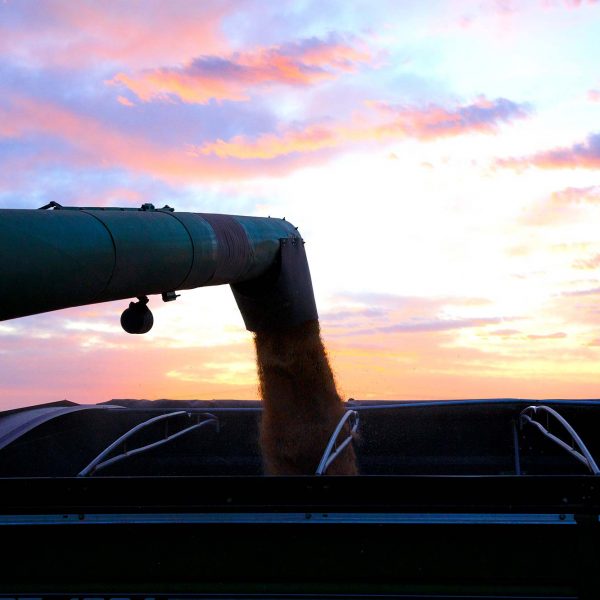
Planting Date and Grain Sorghum
By Brent Bean, Sorghum Checkoff Agronomist
Lubbock, Texas
With the potential damage and cost associated with sugarcane aphid (SCA) in grain sorghum, many entomologists are recommending early planting as an effective IPM practice. The idea behind early planting is to ‘outrun’ the SCA. By early planting the hope is to delay when a SCA infestation may occur to later in the growth cycle of the sorghum. Research has confirmed that SCA will cause less damage to sorghum when threshold levels are reached at later growth stages. For example, yield loss is much less when SCA infestation occurs at the soft dough stage compared to boot or flowering.
However, there are reasons why optimum planting dates for sorghum exist, and these should not be ignored. Optimum planting dates are based off of soil temperature, timing of seasonal rainfall and daily maximum temperatures, risk of insect infestation, and length of growing season.
One of the first considerations for early planting should be soil temperature. The cooler the temperature the slower the sorghum will germinate and emerge. Most agronomists suggest waiting to plant sorghum until the minimum daily soil temperature is 60 F and the forecast for the next 10 days is for warm weather. The soil temperature can probably be a little cooler than 60 F if the near-term forecast is for warm temperatures. In a three year study conducted near Amarillo, TX, time of emergence varied from 5-16 days depending on planting date and soil temperature.
Planting too early does not help much in outrunning the SCA if plant maturity is delayed because of cool weather. Keep in mind that how fast a sorghum plant develops is directly related to daily temperature or heat units. Early planting can increase the number of days for sorghum to reach flowering anywhere from 7-25 days, depending on weather conditions and, to a lesser extent, the specific hybrid. If very early planting is a goal, check with seed companies for a hybrid that has cold tolerance. These hybrids will not be delayed as much by the cooler temperatures.
Typically one advantage of early planting is reducing the risk of insect damage. In most regions, headworms and midge issues are much less with early planting. From a SCA management standpoint this is important because many of the insecticides used for these two pests will cause SCA populations to flare.
In summary, early planting of sorghum for managing SCA is an effective IPM tool and should be considered. However, do not disregard sound sorghum agronomic practices. Simply moving the planting date up by a couple of weeks can make a significant difference in managing SCA.




